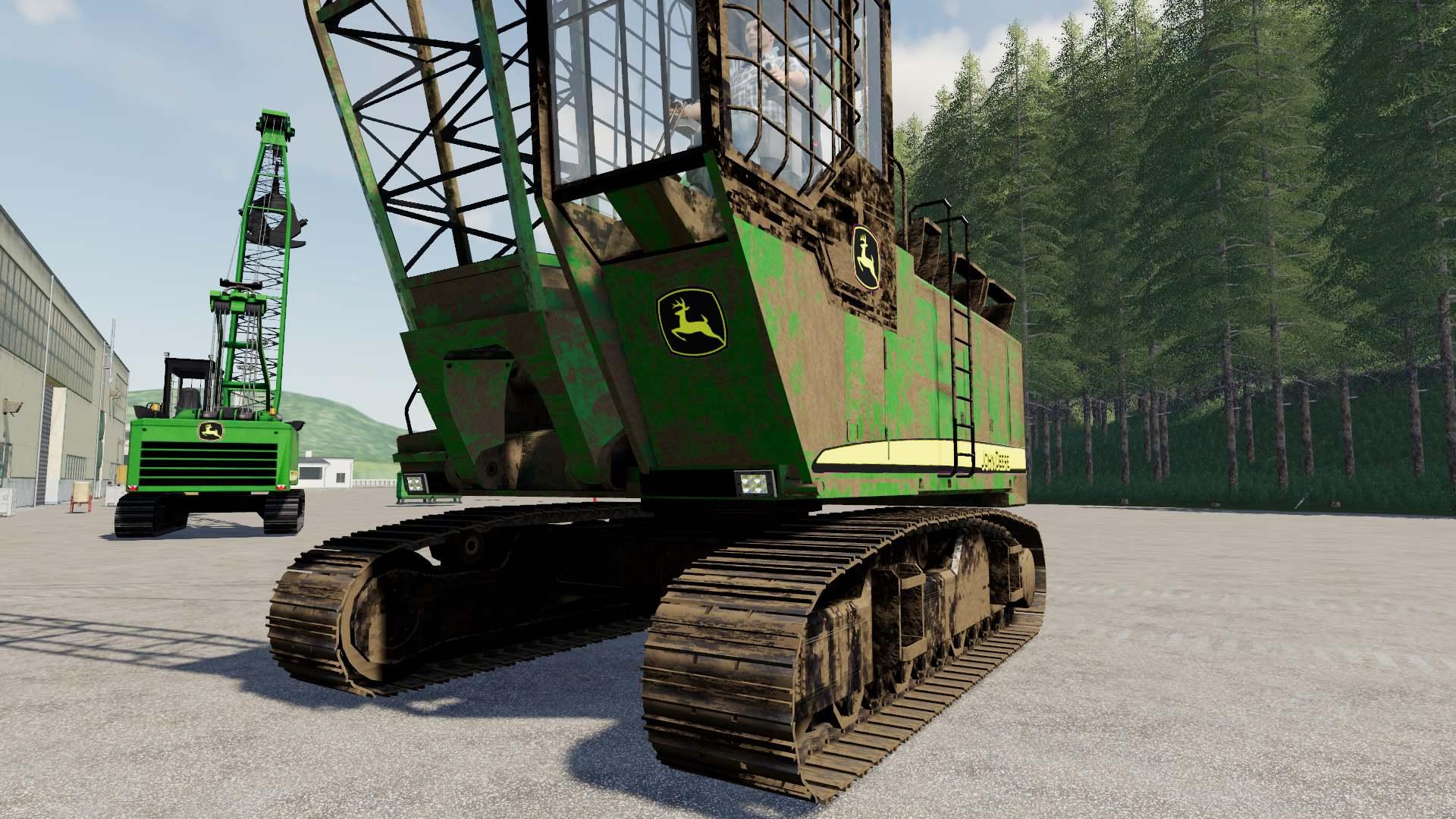

Plant in front of a hard surface with a contrasting color or texture (picture the red stems of striped bark maple against gray stone or white fencing). Carefully remove* some of the lower limbs on trees with good bark to reveal more of the trunks.Use trees with interesting bark as specimens, whether smaller trees like paperbark maple, dogwood and stewartia, or large ones like beech.Mature trees can be 50 feet tall and have great presence, but with a delicacy in their swags of evergreen foliage, small blue summertime fruits, and silvery gray and brown bark. Eastern red cedar ( Juniperus virginiana)Ĭonifer native to the eastern and central United States that thrives in limestone soils. Water new trees once or twice a week for the first couple of summers unless there is plenty of rainfall.Ĩ. There is usually no need to fertilize trees, except at planting time to give them a head start. This holds too much moisture near the trunk and can encourage diseases, bark-chewing insects and rodents to make themselves at home. But don't pile the mulch up on the base of the tree. One solution is to create a bed around the tree or put down a mulch ring 3 to 4 inches deep. And completely girdling a tree is certain death. Gashes and cuts are unsightly and can serve as an entry point for pests. Dig the hole only as deep as the root ball and two to three times as wide.Ĭare: To keep a tree and its bark healthy, mind the weed-eaters and mowers. Current thinking is not to amend soil at planting time, using native soil to backfill the hole. The other plants here are satisfied with adequate moisture and good drainage. Soil: Bald cypress and sycamore are often found near water in their native habitats, though they do not require a wet site to thrive.
#HARD TRUCK 2 TEXTURE THROUGH TREES FULL#
Others, like the eastern red cedar and dogwood, can take part shade to full sun. Several of the plants shown here are understory trees that need light shade. Tender bark can be damaged in late winter when it is subjected to fluctuations of hot and cold, freezing and thawing. Zones: Refer to individual plant descriptions for hardiness zones.Įxposure: When planting a new tree or shrub for a bark display, avoid a hot western exposure. As a design element in the garden, bark is the last frontier, interesting in the winter certainly, but also a bonus of texture and pattern all year that enhances foliage and flowers.Īppeal: Bark can add color and texture to a landscape throughout the growing season and will continue to create visual interest even into the depths of winter. Seen close up and in isolation from the rest of the plant, bark invites comparison to abstract art.

It can be red, green, gray, white, orange, or striped thorny, smooth, rough, or deeply furrowed or it can peel away to create a multicolored tapestry. Each species has its own unique bark pattern, often distinctive enough to serve as a means of identification. Much more than the schematics of its layers in a freshman biology book, bark is the armor, the life support, and the face of a tree, indelibly etched with its years of bounty and hardship.


 0 kommentar(er)
0 kommentar(er)
